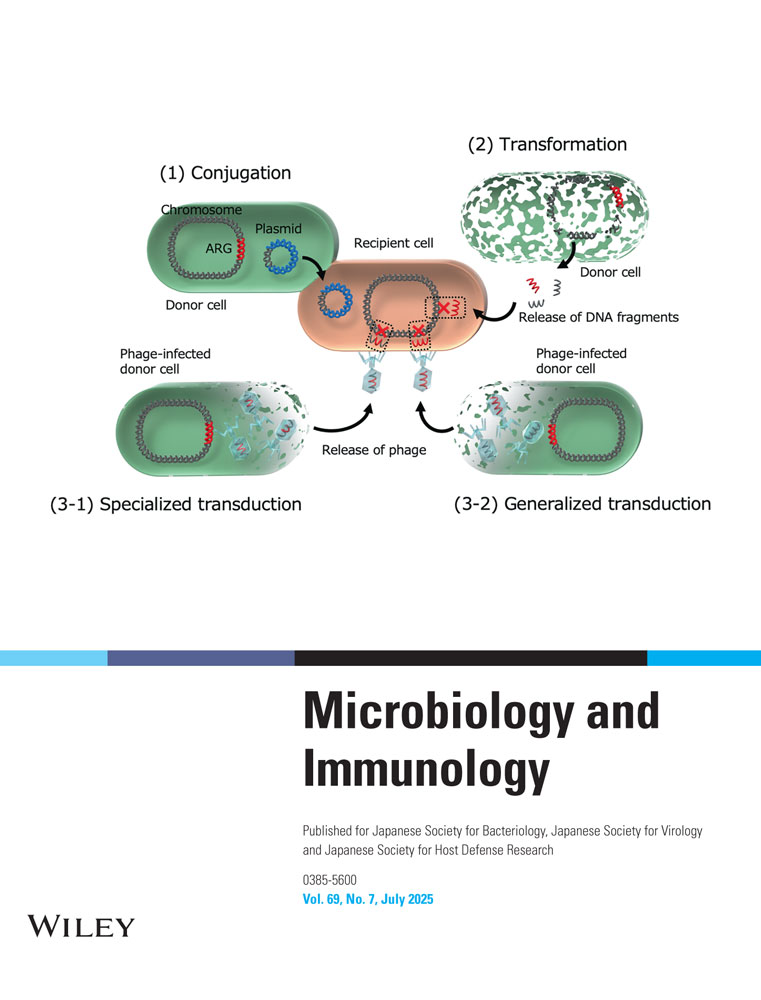Chemotaxis of Kupffer Cells Isolated from Rodent Liver
Abstract
Kupffer cells (KC) were isolated from the liver of guinea pigs, rats, and mice using enzymatic digestion with collagenase, followed by differential centrifugation and plastic adherence. Purity of the isolated KC was 96.0±2.2, 97.2±2.1, and 96.0±2.3 per cent in guinea pigs, rats, and mice respectively. These isolated KC were tested for migratory response to bacterial factor, which is one of the representative chemotactic factors for inflammatory macrophages, using a modified Boyden chamber technique. KC from the three animal species similarly migrated to the bacterial factor. The migratory response of the KC to the bacterial factor is due to Chemotaxis but not chemokinesis. These results show the possibility that KC may recognize a chemoattractant and directionally migrate to it.




